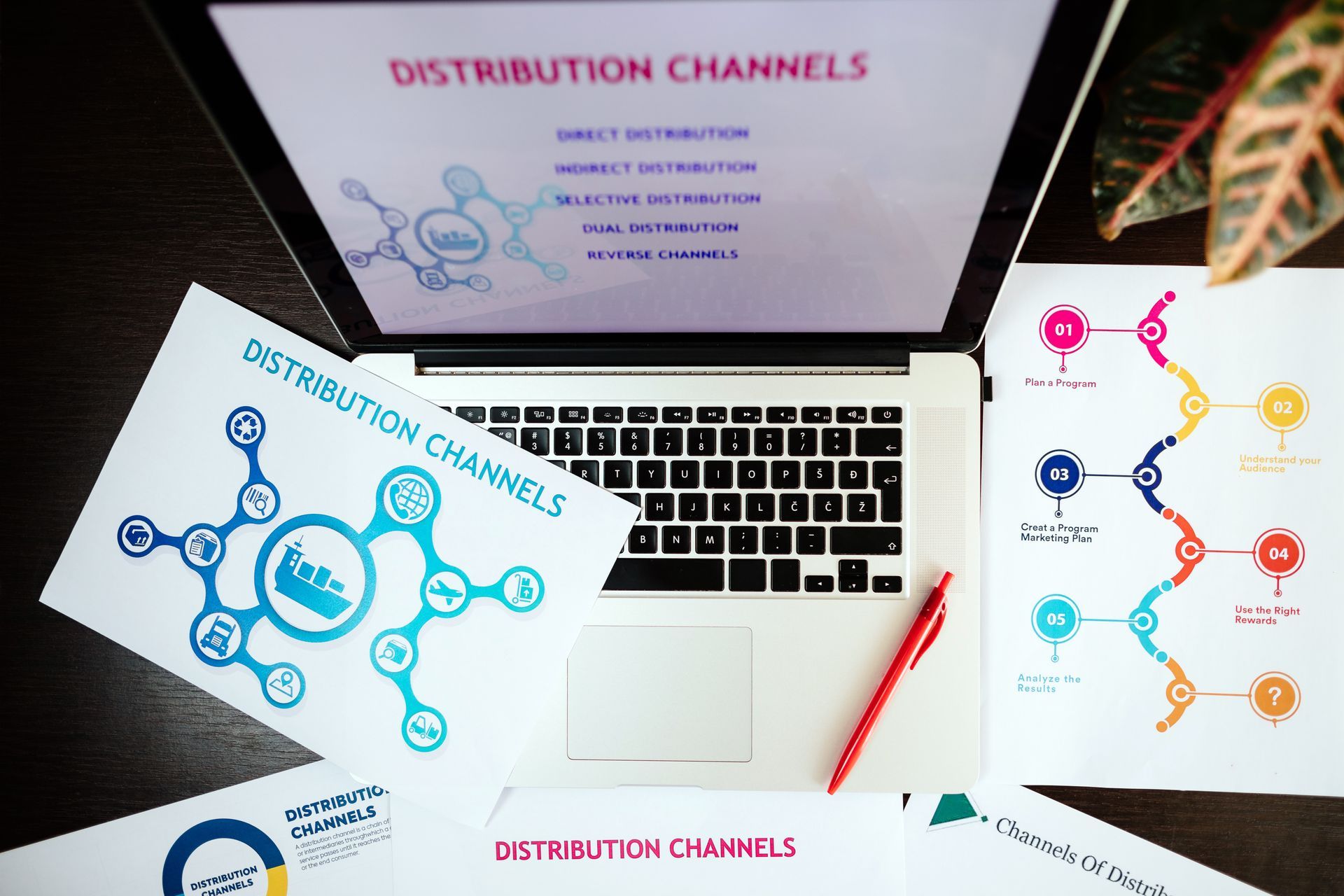Who’s the grown-up in the room?
When Apple and Facebook won’t play nicely together, how can you solve the issue of attribution?
The problem:
It’s an open secret in the digital advertising industry that platforms such as Facebook and Google over-report advertising attribution, because they use models rather than metrics to produce some of their statistics.
More recently,
much has been written about iOS14 and how it affects
Facebook advertising. Consequently, FaceBook’s performance data is even less accurate than it used to be. Technologies like third party cookies have been deprecated by browsers such as Safari, due to privacy concerns, and this problem continues to get worse as big players such as
Google Chrome follow suit.
These are becoming
expensive problems, because they reduce returns on each advertising dollar. Facebook has become as much as 2X more expensive during the last 12 months for some of our customers.
Despite the tsunami of data available to most digital marketers, attributing credit to ad spend remains as much of an art as it was in
John Wanamaker’s day. Most conversion tracking and attribution tools take credit for customers who visit within an “attribution window”, but this credit is based on assumptions as much as data.
Our ability to optimize ad campaigns will continue to decline, unless we do something different. But what’s the solution? Ad platform reported attribution is understandably biased. And click-based attribution reported by your web analytics solution is also not good enough. Many unclicked ads and incomplete buyer journeys lead to sales, and we need
better information to make this knowledge
actionable.
As digital marketers, we need a more accurate way to calculate advertising’s influence on conversions. We need proper customer-centric attribution in order to better optimize ad spend across multiple platforms, and so compete effectively with other advertisers.
Typically, better attribution improves Return on Advertising by over
30%.
LayerFive's omni-channel attribution platform makes this easier to achieve, and LayerFive’s advanced technology protects against changes mooted for the future.
One LayerFive customer realized over 200% improvement in ad attributed revenue in just 60 days.
So how do we fix it? Well, I’ll explain, but first I’d like to define a few terms which are often understood differently by different people, then I’ll tell you how we do it:
3 key concepts which are important
1) Data Privacy is becoming important with regulations across the world. Also, 3rd party cookies are being deprecated:
Unless you are using a web analytics solution e.g., Google Analytics or Adobe Analytics to give you advertising attribution, most other platforms use third-party cookies, models and guesstimates to provide attribution. E.g., Facebook may use IDFAs on iOS devices to provide attribution, or TV or display media may use a number of third-party data collectors to create a model or provide a guesstimate of the attribution for an ad campaign.
With the third-party cookies getting blocked already by Safari and Firefox (and by Chrome in 2023) and ad blockers becoming popular, the effectiveness of any attribution tech that depends on the third-party data would continue to diminish.
2) Click-through Attribution:
This is the most common way to attribute a direct-response type of campaign, a campaign whose main goal is to get a consumer to click on the message and visit the brand’s page/app. The challenge is that consumers may click on multiple such messages and may use multiple devices to interact. Tying all these interactions back to the same consumer becomes tricky if the consumer didn’t leave any personal information with each interaction. Moreover, a consumer may have used different media sources to interact with the brand. So, each media source may need some credit for the conversion. All this requires a solution that truly understands how to resolve cross-device and cross-media interactions and provides different views into the attribution. A typical web analytics solution may not be adequate for this.
3) View-through Attribution:
Most of the time the display ads don’t result into a click. Even the good campaign may have less than 5% click-through-rate. But many of such impressions may leave an “impression” on a consumer. And in some cases, a consumer may directly visit the brand website or may search on Google for the brand name or may have higher propensity to click on another ad in another media.
Ability to attribute such impact of the display ads is called view-through attribution. Facebook provides this with their platform but this is bundled with the click-through attribution and is hard to know the accuracy of Facebook’s reporting.
A platform like LayerFive, could use the first-party data and conversion patters and feed into its models that accurately predict the credit for ad impressions.
Such attribution is not only limited to digital display ad campaigns, but could also be extrapolated to other media types that don’t result into a direct consumer interaction, e.g., TV, Event sponsorships, online ads to offline conversions etc.
LayerFive resolves cross-device user journeys with its patent-pending algorithm that allows it to provide a more accurate click-through attribution. Moreover, it continuously looks for all possible ways a user may have used a publisher’s website or app to visit the brand and ensures that the publisher gets full credit. So, we got the click-through attribution covered. But what about the credit for all those impressions? This is where LayerFive’s new patent-pending view-through attribution comes in. Here is how LayerFive attributes view-through conversions.
The premise:
Typically,
30% to 70% of prospects won’t convert right away; they go on a journey of discovery, first becoming aware of the brand through advertising, and returning to buy only after being exposed to a range of assets such as advertising, downloads, web sites, and email.
A brand may get a high number of impressions on Facebook through Ads, with about 1-3% click-throughs. But the brand is making a larger pool of audience aware of itself and its products. Such an audience may choose to visit the brand’s website directly or may search for the brand name on Google and click on an organic search result or a paid brand-term ad. Such visits would be termed as view-through visits and conversions through such visits would be view-through conversions. Ad impressions should get a credit for a portion of such visits and conversions.
We need a way to measure such view-through visits and conversions that relies on a brand’s actual site visits and conversions rather than an ad platform reported numbers. This would ensure that a brand could sort good advertising from the bad.
Some ads enhance this journey profitably, others are wasted money. We need a
mechanically actionable way to sort the good advertising from the bad.
Here’s how:
Let’s say that on day 1 of your business you get 50 visitors to your website through ads, 50 through organic channels and zero direct visitors because theoretically no one knows about you yet. Next day you get 100 first-time visitors (again 50 through ads and 50 organic), but you also get 20 direct visitors out of which 15 are repeat visitors and 5 are first-time visitors (see table below).

If we have the correct systems in place, we know where all the referred and repeat traffic comes from. We can assume the 5 first-time direct visitors know about your brand because they became aware of the brand due to an advert or another referrer the previous day that they didn’t click-through. Now they are visiting your website directly. In this case, we can credit the adverts and other referral channels for these first-time direct visits. Then when these first-time direct visitors convert, we can credit a proportional percentage of those conversions to the ad channels based on the number of first-time visitors each of those ad channels bring.
This is the basic premise behind LayerFive’s view-through attribution models. LayerFive’s technology ensures that we can track and attribute view-through conversions to the ad channels without relying on third-party cookies or on the inflated ad platform reported numbers.
Besides existing models, one effective way to make sure that any attribution model is suited to your business, you should device A/B test to establish impact of a specific media source. LayerFive helps with this as well and our models take into account he results of the A/B test to ensure you get the most accurate attribution for your media spend.
In conclusion:
If you want a simpler way to gain
instantly actionable insights from digital information overload, contact LayerFive to set up a free trial, and begin your journey to improve advertising effectiveness by over 30%.
You might also like:




